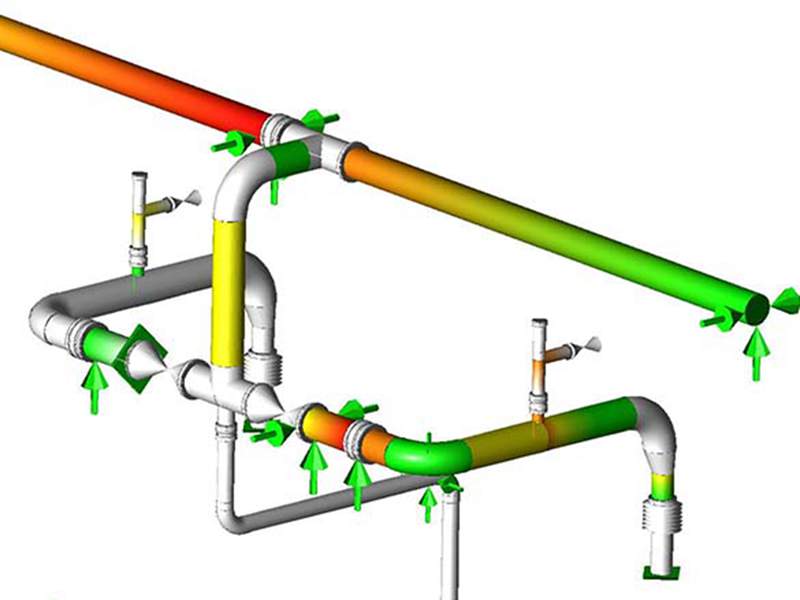
-
 Afrikaans
Afrikaans -
 Albanian
Albanian -
 Amharic
Amharic -
 Arabic
Arabic -
 Armenian
Armenian -
 Azerbaijani
Azerbaijani -
 Basque
Basque -
 Belarusian
Belarusian -
 Bengali
Bengali -
 Bosnian
Bosnian -
 Bulgarian
Bulgarian -
 Catalan
Catalan -
 Cebuano
Cebuano -
 China
China -
 China (Taiwan)
China (Taiwan) -
 Corsican
Corsican -
 Croatian
Croatian -
 Czech
Czech -
 Danish
Danish -
 Dutch
Dutch -
 English
English -
 Esperanto
Esperanto -
 Estonian
Estonian -
 Finnish
Finnish -
 French
French -
 Frisian
Frisian -
 Galician
Galician -
 Georgian
Georgian -
 German
German -
 Greek
Greek -
 Gujarati
Gujarati -
 Haitian Creole
Haitian Creole -
 hausa
hausa -
 hawaiian
hawaiian -
 Hebrew
Hebrew -
 Hindi
Hindi -
 Miao
Miao -
 Hungarian
Hungarian -
 Icelandic
Icelandic -
 igbo
igbo -
 Indonesian
Indonesian -
 irish
irish -
 Italian
Italian -
 Japanese
Japanese -
 Javanese
Javanese -
 Kannada
Kannada -
 kazakh
kazakh -
 Khmer
Khmer -
 Rwandese
Rwandese -
 Korean
Korean -
 Kurdish
Kurdish -
 Kyrgyz
Kyrgyz -
 Lao
Lao -
 Latin
Latin -
 Latvian
Latvian -
 Lithuanian
Lithuanian -
 Luxembourgish
Luxembourgish -
 Macedonian
Macedonian -
 Malgashi
Malgashi -
 Malay
Malay -
 Malayalam
Malayalam -
 Maltese
Maltese -
 Maori
Maori -
 Marathi
Marathi -
 Mongolian
Mongolian -
 Myanmar
Myanmar -
 Nepali
Nepali -
 Norwegian
Norwegian -
 Norwegian
Norwegian -
 Occitan
Occitan -
 Pashto
Pashto -
 Persian
Persian -
 Polish
Polish -
 Portuguese
Portuguese -
 Punjabi
Punjabi -
 Romanian
Romanian -
 Russian
Russian -
 Samoan
Samoan -
 Scottish Gaelic
Scottish Gaelic -
 Serbian
Serbian -
 Sesotho
Sesotho -
 Shona
Shona -
 Sindhi
Sindhi -
 Sinhala
Sinhala -
 Slovak
Slovak -
 Slovenian
Slovenian -
 Somali
Somali -
 Spanish
Spanish -
 Sundanese
Sundanese -
 Swahili
Swahili -
 Swedish
Swedish -
 Tagalog
Tagalog -
 Tajik
Tajik -
 Tamil
Tamil -
 Tatar
Tatar -
 Telugu
Telugu -
 Thai
Thai -
 Turkish
Turkish -
 Turkmen
Turkmen -
 Ukrainian
Ukrainian -
 Urdu
Urdu -
 Uighur
Uighur -
 Uzbek
Uzbek -
 Vietnamese
Vietnamese -
 Welsh
Welsh -
 Bantu
Bantu -
 Yiddish
Yiddish -
 Yoruba
Yoruba -
 Zulu
Zulu
frp customized fittings
Customized FRP Fittings A Revolutionary Approach to Modern Engineering
FRP, or Fiber Reinforced Polymer, has gained significant traction in various industries due to its remarkable strength-to-weight ratio, corrosion resistance, and versatility. One of the most exciting developments in this field is the emergence of customized FRP fittings. These tailored components offer unique solutions for specific engineering challenges, enhancing efficiency and performance in applications ranging from construction to aerospace.
The Importance of Customization
The standardization of fittings has served many industries well; however, there are scenarios where off-the-shelf solutions fall short. Customized FRP fittings bridge this gap by allowing engineers to design components that meet exact specifications. This bespoke approach is particularly valuable in projects where conventional materials may fail to provide the required durability or flexibility.
For instance, in the chemical processing industry, the exposure of fittings to aggressive substances can lead to premature wear and failure. Customized FRP fittings, with their superior chemical resistance, can be engineered to withstand harsh operating environments, ultimately resulting in lower maintenance costs and extended equipment lifespan.
Design Flexibility
One of the standout features of FRP fittings is their design flexibility. Advanced manufacturing techniques, including computer-aided design (CAD) and automated filament winding, enable the production of complex geometries that traditional materials simply cannot accommodate. Engineers can create fittings in various shapes and sizes, optimizing systems for performance and space constraints.
frp customized fittings

This adaptability is especially beneficial in sectors such as aerospace and automotive, where lightweight, high-strength components are crucial for improving fuel efficiency and overall performance. Customized FRP fittings can be designed to reduce weight without compromising structural integrity, leading to significant advancements in vehicle design.
Sustainability Advantages
As industries strive for sustainability, customized FRP fittings provide an eco-friendly alternative to conventional materials like steel and concrete. The manufacturing process for FRP requires less energy and produces fewer emissions. Moreover, FRP fittings are resistant to corrosion, which decreases the need for frequent replacements and reduces waste.
Additionally, FRP components can often be recycled at the end of their life cycle, minimizing the environmental impact associated with disposal. By opting for customized FRP fittings, companies can align their operations with sustainability goals while also benefitting from the material's long-term durability.
Conclusion
Customized FRP fittings represent a significant advancement in materials engineering, providing tailored solutions that meet the unique demands of various industries. Their superior performance, design flexibility, and sustainability advantages make them an attractive choice for companies looking to innovate and improve their operations. As technology continues to evolve, the potential applications for customized FRP fittings are boundless, promising to transform how industries approach design, efficiency, and environmental responsibility.
In summary, as we move toward a more sustainable future, embracing the potential of customized FRP fittings could very well be a key to unlocking new levels of performance and innovation across multiple sectors. The future of engineering is undoubtedly leaning towards tailored solutions that meet the increasingly complex requirements of modern applications.









